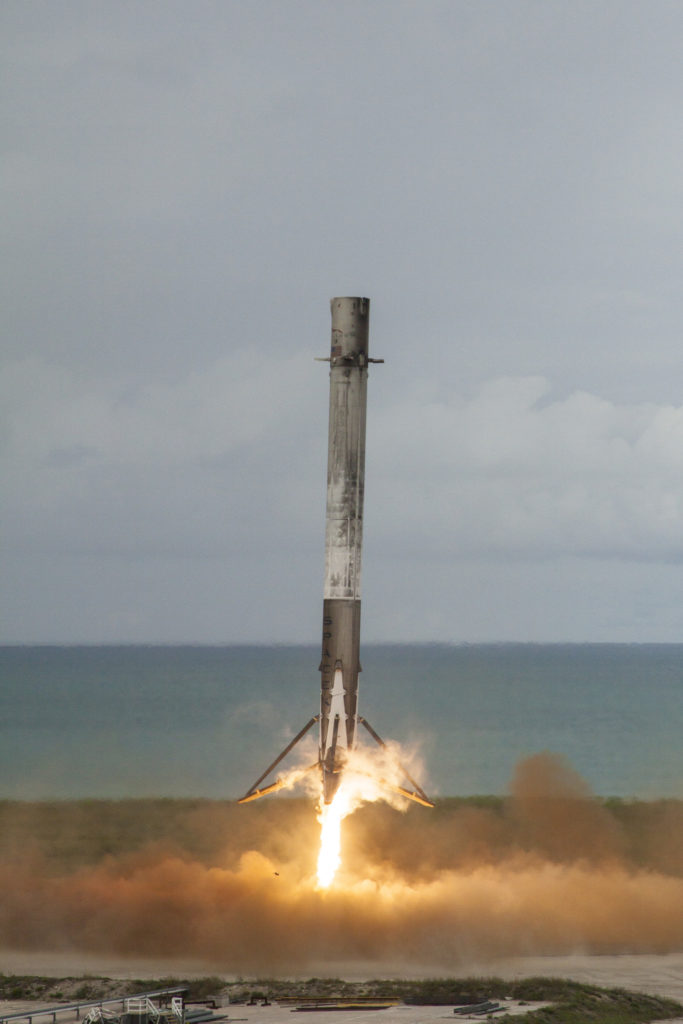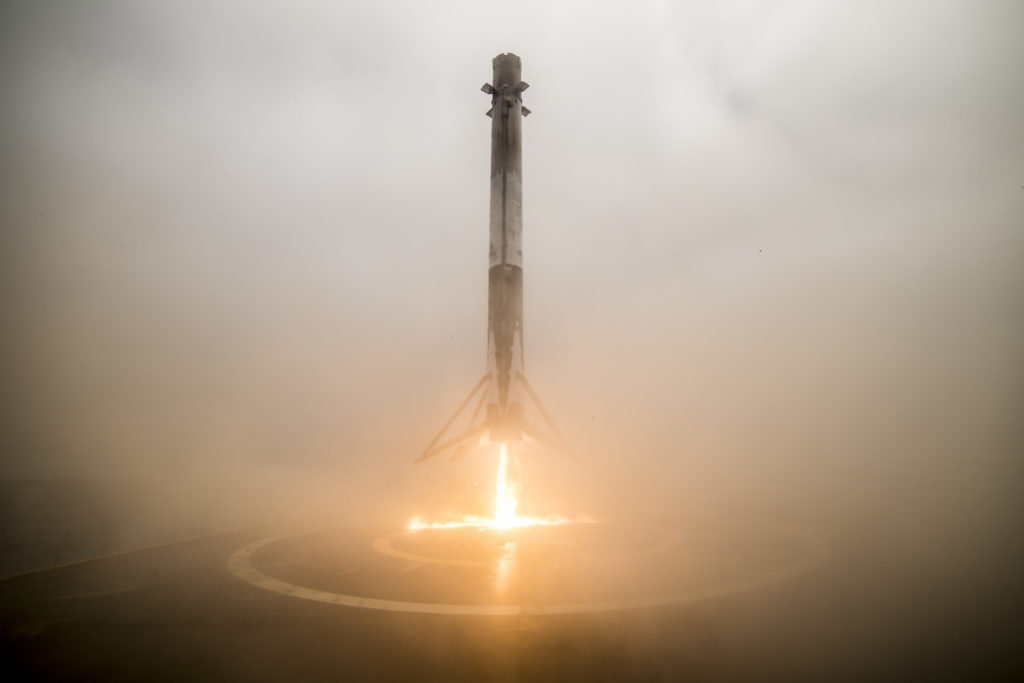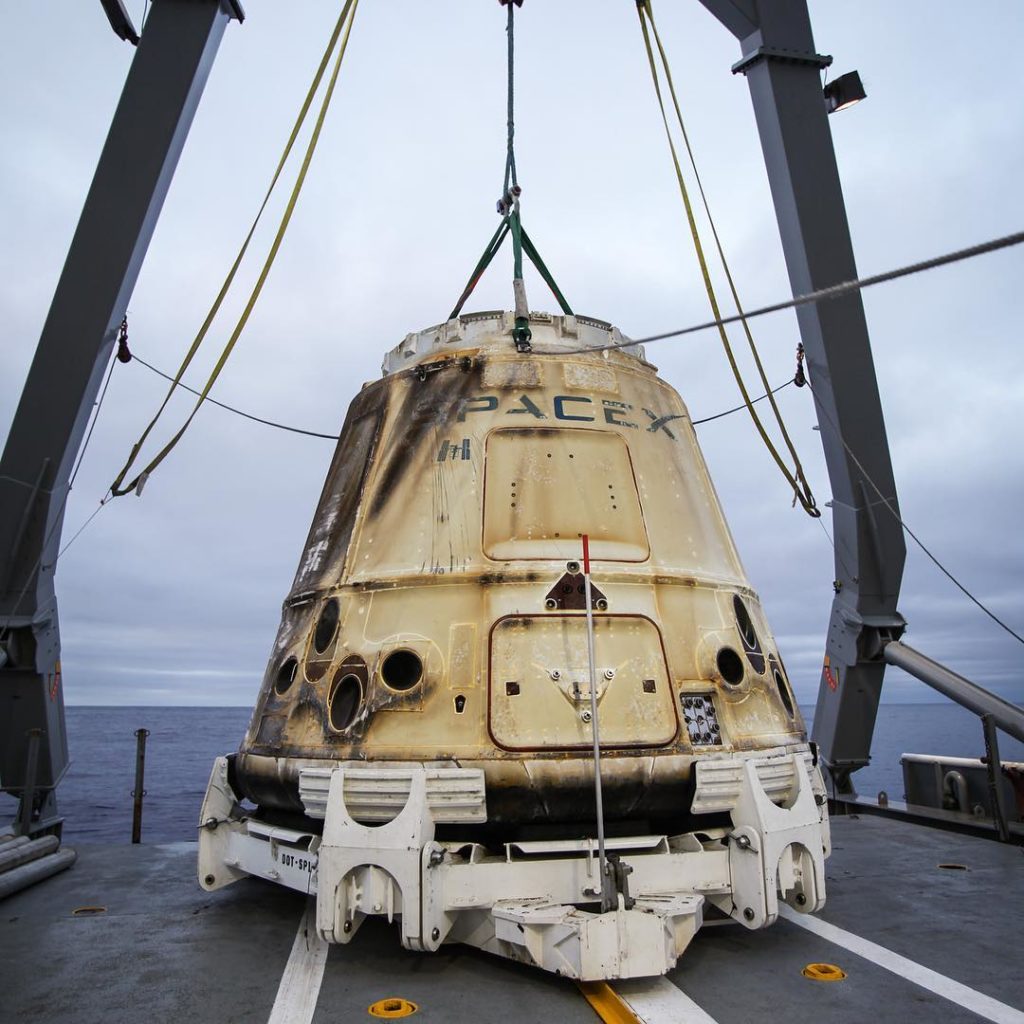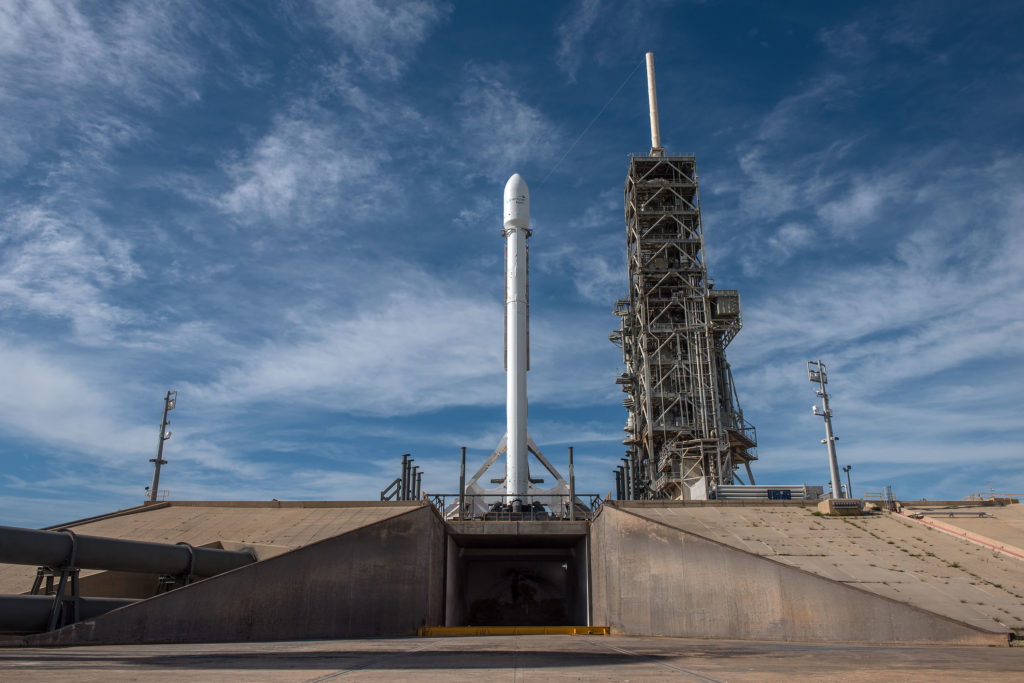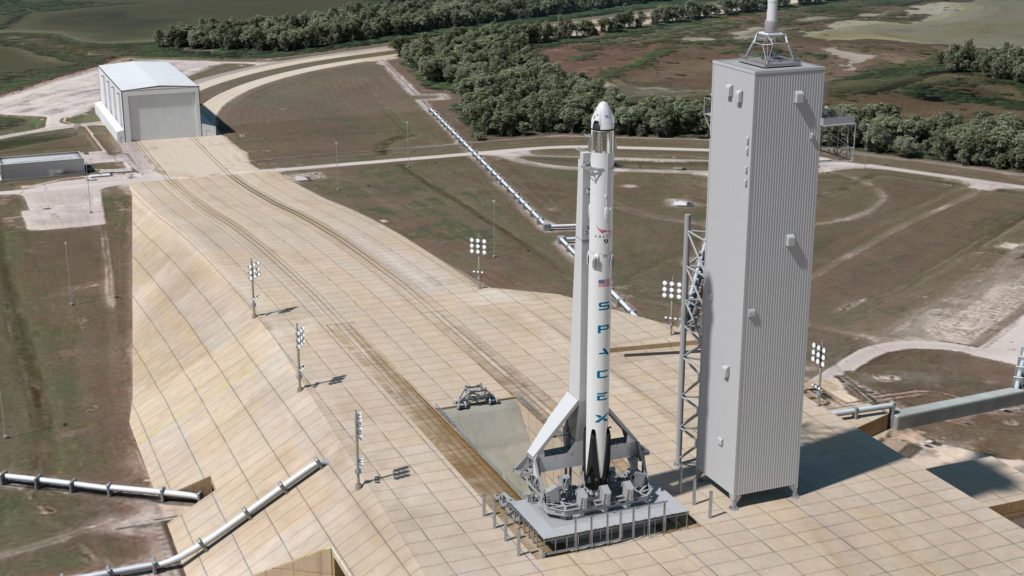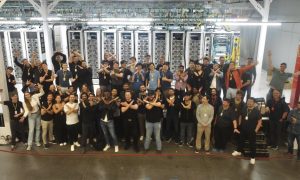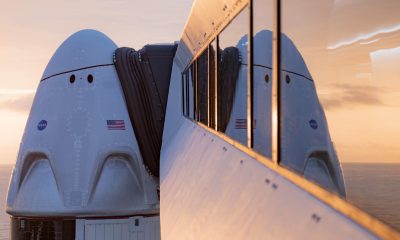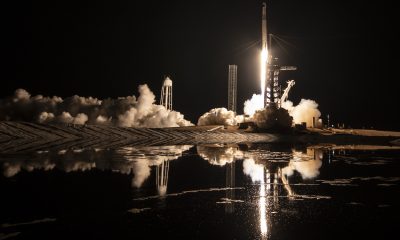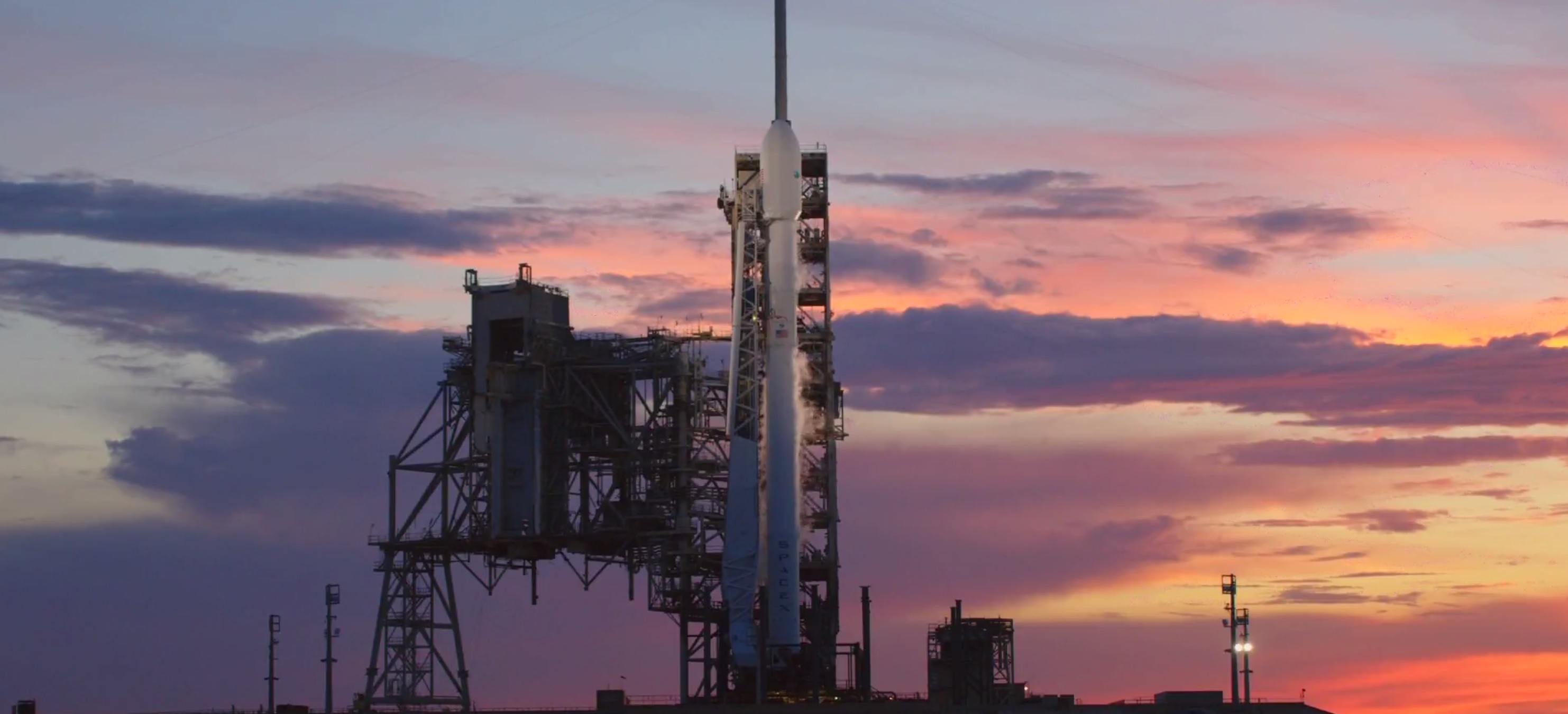

SpaceX
SpaceX prepares for last launch until August: Caution over cadence
After a second automatic T-10s launch abort Monday night, Elon Musk expressed a welcome prioritization of caution over an attempt to break cadence records. As such, the launch team at LC-39A are standing down an attempt today and instead conducting a full review of the Falcon 9 vehicle and ground systems, pushing the launch to either July 5th or 6th. As Musk transparently phrased it, there is only one chance to get a rocket launch right.
We're going to spend the 4th doing a full review of rocket & pad systems. Launch no earlier than 5th/6th. Only one chance to get it right …
— Elon Musk (@elonmusk) July 4, 2017
Following a truly unprecedented series of launches for the company, there was understandably a bit of annoyance from fans watching the coverage for a second time, as well as from journalists seeking to cover the launch. I think a tweet from former NASA Space Shuttle Program Manager Wayne Hale summed up the proper response most coherently, however, stating that “it’s tough to remain vigilant and do the right thing, extremely tough after a couple of launch scrubs and [with] range closure looming”. Remaining vigilant is precisely what SpaceX is doing by calling off another attempt on July 4th and choosing to instead carefully examine the systems involved to ensure that there is no real issue with pad or vehicle hardware.
For launch companies, there are an untold number of external and internal pressures urging executives to attempt launches, be those financial, political, or something as simple as employees wanting to get home for a holiday. However, past failures of launch vehicles, particularly the Space Shuttle, have demonstrated that constant vigilance is a necessity when dealing with rocketry. Wayne Hale was flight director for forty Shuttle launches. In fact, he became Program Manager the day of the Columbia disaster, which occurred at the beginning of February in 2003.
In this context, his statement is almost certainly intended as positive – albeit solemn – encouragement for the choice to take a more cautious route before attempting another launch. SpaceX itself has experienced two widely publicized failures of the Falcon 9, with the most recent of those having occurred less than ten months ago. After China suffered a complex failure during the second launch of their Long March 5 heavy lift vehicle last Sunday, Musk offered sympathy for those involved. Any failure in the launch industry often acts as a wake-up call for other companies and agencies involved, and undoubtedly becomes a reminder that one cannot become too comfortable or allow launch processes or vehicle manufacturing to become too routine when the stakes are as high as they can be.
Sorry to hear about China launch failure today. I know how painful that is to the people who designed & built it. https://t.co/iOkj6egF3O
— Elon Musk (@elonmusk) July 2, 2017
It goes without saying that SpaceX is sharply aware of the need to ensure reliability and safety as they march ever closer to the debut flight of Crew Dragon and its first crewed launches, likely to occur in early 2018. If the stakes for launching the payloads of commercial customers are already high, the price of failures that could lead to loss of life are unspeakable and ought to humble those fans and bystanders who may be losing patience while waiting for a third (admittedly enthralling) launch. Those eager to watch SpaceX’s live coverage must seek to remember that the launches we love to watch occur because paying customers have placed trust in SpaceX to deliver their payloads to orbit, be those payloads massive geostationary communications satellites or astronauts and cargo headed to the ISS. Rightfully so, the customer will always come first, and routine live coverage of rocket launches must always be treated as the luxury it is for the indefinite future.
SpaceX has successfully recovery and reused both Falcon 9 and Cargo Dragon in the last several weeks, and has also recovered three first stages from the three related launches that occurred in that same time period. (SpaceX)
Admittedly, a cornerstone of SpaceX’s mission as a company is making access to orbit reliable, affordable, and routine, but there will always be risk in rocket launches, just as there will always be risk when one boards a plane, drives a car, or simply walks down the sidewalk along a busy street. Minimizing and reducing the risk present in spaceflight will take a considerable amount of time and effort, and doing what is necessary to prevent failures from negatively impacting the customers that make SpaceX viable as a company is both a rational and ethical strategy.
Returning to current events, the Falcon 9 intended to launch Intelsat 35e went horizontal on July 4, and is likely now in the integration facility present at LC-39A, providing easier access to engineers as they comb over the vehicle to ensure its health. After an absolutely picturesque launch attempt Monday evening, weather is looking even better for a potential launch attempt on either Wednesday or Thursday evening.
If the vehicle and pad cooperate, Intelsat 35e will be a facing send off for the Eastern Range before it shuts down for the remainder of July to undergo routine maintenance. SpaceX currently does not have Vandenberg (West coast) missions scheduled until August, so July will likely see no launches from the company. There is still plenty to be done in lieu of launching customer payloads, however. LC-40, the pad damaged in the Amos-6 static fire incident last September, is currently preparing to be reactivated, with a recent interview of Gwynne Shotwell pointing to its initial availability sometime in August. Once it is reactivated, all single core Falcon launches will be transferred to LC-40, and LC-39A will begin undergoing structural modifications to accommodate both crewed missions in 2018 and Falcon Heavy, which could debut as early as Q4 of 2017.
- Intelsat 35e, July 2nd. (SpaceX)
- A render of Falcon 9 and Crew Dragon at LC-39A. (SpaceX)
The two most visible changes that will occur at LC-39A will be the installation of additional hold-down clamps and modifications to the Transporter Erector, as well as a Crew Access Arm, which will be attached to the large, vertical structure seen directly right of Falcon 9. Of note, it is very likely that at least two, if not all three of the first Falcon Heavy’s cores are already present at the Cape. After years of being deemed a paper rocket, Falcon Heavy is indeed very real and very close to being able to conduct its first launches.
A month of no launches from SpaceX will undoubtedly be less than thrilling, but the Air Force and Kennedy Space Center employees will get a much-deserved break from a busy launch manifest ahead of what will likely be an even busier final four months of the year. There is a lot to look forward to.
News
SpaceX’s Crew-11 mission targets July 31 launch amid tight ISS schedule
The flight will lift off from Launch Complex 39A at Kennedy Space Center in Florida.
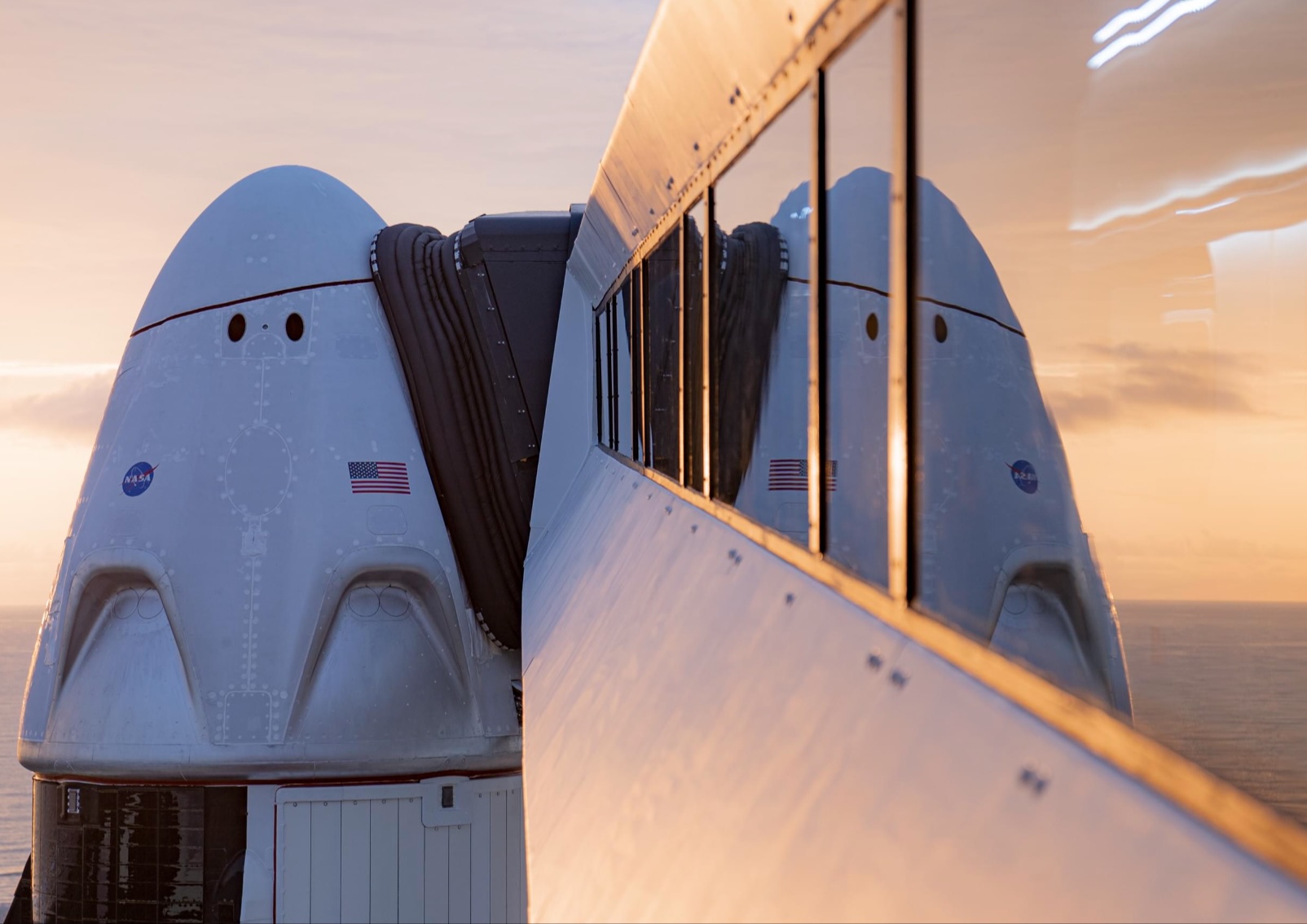
NASA and SpaceX are targeting July 31 for the launch of Crew-11, the next crewed mission to the International Space Station (ISS). The flight will lift off from Launch Complex 39A at Kennedy Space Center in Florida, using the Crew Dragon Endeavour and a Falcon 9 booster.
Crew Dragon Endeavour returns
Crew-11 will be the sixth flight for Endeavour, making it SpaceX’s most experienced crew vehicle to date. According to SpaceX’s director of Dragon mission management, Sarah Walker, Endeavour has already carried 18 astronauts representing eight countries since its first mission with NASA’s Bob Behnken and Doug Hurley in 2020, as noted in an MSN report.
“This Dragon spacecraft has successfully flown 18 crew members representing eight countries to space already, starting with (NASA astronauts) Bob (Behnken) and Doug (Hurley) in 2020, when it returned human spaceflight capabilities to the United States for the first time since the shuttle retired in July of 2011,” Walker said.
For this mission, Endeavour will debut SpaceX’s upgraded drogue 3.1 parachutes, designed to further enhance reentry safety. The parachutes are part of SpaceX’s ongoing improvements to its human-rated spacecraft, and Crew-11 will serve as their first operational test.
The Falcon 9 booster supporting this launch is core B1094, which has launched in two previous Starlink missions, as well as the private Ax-4 mission on June 25, as noted in a Space.com report.
The four-members of Crew-11 are NASA astronauts Zena Cardman and Mike Fincke, as well as Japan’s Kimiya Yui and Russia’s Oleg Platonov.
Tight launch timing
Crew-11 is slated to arrive at the ISS just as NASA coordinates a sequence of missions, including the departure of Crew-10 and the arrival of SpaceX’s CRS-33 mission. NASA’s Bill Spetch emphasized the need for careful planning amid limited launch resources, noting the importance of maintaining station altitude and resupply cadence.
“Providing multiple methods for us to maintain the station altitude is critically important as we continue to operate and get the most use out of our limited launch resources that we do have. We’re really looking forward to demonstrating that capability with (CRS-33) showing up after we get through the Crew-11 and Crew-10 handover,” Spetch stated.
News
SpaceX launches Ax-4 mission to the ISS with international crew
The SpaceX Falcon 9 launched Axiom’s Ax-4 mission to ISS. Ax-4 crew will conduct 60+ science experiments during a 14-day stay on the ISS.

SpaceX launched the Falcon 9 rocket kickstarting Axiom Space’s Ax-4 mission to the International Space Station (ISS). Axiom’s Ax-4 mission is led by a historic international crew and lifted off from Kennedy Space Center’s Launch Complex 39A at 2:31 a.m. ET on June 25, 2025.
The Ax-4 crew is set to dock with the ISS around 7 a.m. ET on Thursday, June 26, 2025. Axiom Space, a Houston-based commercial space company, coordinated the mission with SpaceX for transportation and NASA for ISS access, with support from the European Space Agency and the astronauts’ governments.
The Ax-4 mission marks a milestone in global space collaboration. The Ax-4 crew, commanded by U.S. astronaut Peggy Whitson, includes Shubhanshu Shukla from India as the pilot, alongside mission specialists Sławosz Uznański-Wiśniewski from Poland and Tibor Kapu from Hungary.
“The trip marks the return to human spaceflight for those countries — their first government-sponsored flights in more than 40 years,” Axiom noted.
Shukla’s participation aligns with India’s Gaganyaan program planned for 2027. He is the first Indian astronaut to visit the ISS since Rakesh Sharma in 1984.
Axiom’s Ax-4 mission marks SpaceX’s 18th human spaceflight. The mission employs a Crew Dragon capsule atop a Falcon 9 rocket, designed with a launch escape system and “two-fault tolerant” for enhanced safety. The Axiom mission faced a few delays due to weather, a Falcon 9 leak, and an ISS Zvezda module leak investigation by NASA and Roscosmos before the recent successful launch.
As the crew prepares to execute its scientific objectives, SpaceX’s Ax-4 mission paves the way for a new era of inclusive space research, inspiring future generations and solidifying collaborative ties in the cosmos. During the Ax-4 crew’s 14-day stay in the ISS, the astronauts will conduct nearly 60 experiments.
“We’ll be conducting research that spans biology, material, and physical sciences as well as technology demonstrations,” said Whitson. “We’ll also be engaging with students around the world, sharing our experience and inspiring the next generation of explorers.”
SpaceX’s Ax-4 mission highlights Axiom’s role in advancing commercial spaceflight and fostering international partnerships. The mission strengthens global space exploration efforts by enabling historic spaceflight returns for India, Poland, and Hungary.
News
Starlink Cellular’s T-Mobile service to grow with third-party app data
From Oct 2025, T-Satellite will enable third-party apps in dead zones! WhatsApp, X, AccuWeather + more coming soon.
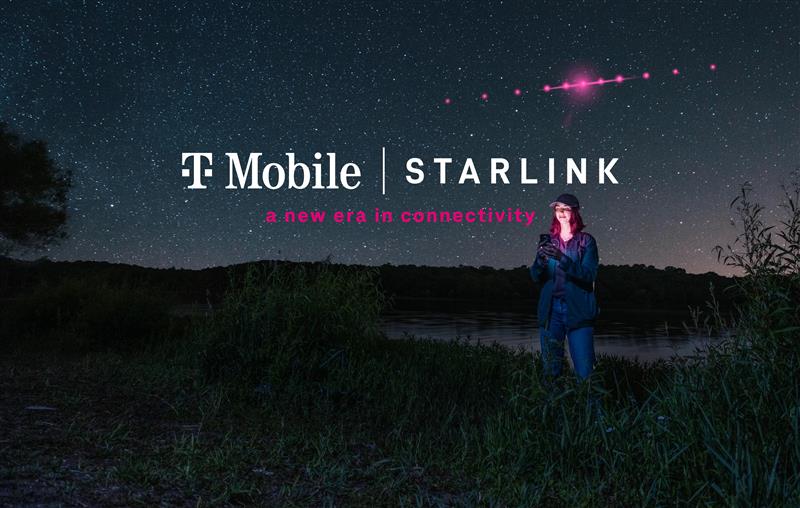
Starlink Cellular’s T-Mobile service will expand with third-party app data support starting in October, enhancing connectivity in cellular dead zones.
T-Mobile’s T-Satellite, supported by Starlink, launches officially on July 23. Following its launch, T-Mobile’s Starlink Cellular service will enable data access for third-party apps like WhatsApp, X, Google, Apple, AccuWeather, and AllTrails on October 1, 2025.
T-Mobile’s Starlink Cellular is currently in free beta. T-Satellite will add MMS support for Android phones on July 23, with iPhone support to follow. MMS support allows users to send images and audio clips alongside texts. By October, T-Mobile will extend emergency texting to all mobile users with compatible phones, beyond just T-Mobile customers, building on its existing 911 texting capability. The carrier also provides developer tools to help app makers integrate their software with T-Satellite’s data service, with plans to grow the supported app list.
T-Mobile announced these updates during an event celebrating an Ookla award naming it the best U.S. phone network, a remarkable turnaround from its last-place ranking a decade ago.
“We not only dream about going from worst to best, we actually do it. We’re a good two years ahead of Verizon and AT&T, and I believe that lead is going to grow,” said T-Mobile’s Chief Operating Officer Srini Gopalan.
T-Mobile unveiled two promotions for its Starlink Cellular services to attract new subscribers. A free DoorDash DashPass membership, valued at $10/month, will be included with popular plans like Experience Beyond and Experience More, offering reduced delivery and service fees. Meanwhile, the Easy Upgrade promotion targets Verizon customers by paying off their phone balances and providing flagship devices like the iPhone 16, Galaxy S25, or Pixel 9.
T-Mobile’s collaboration with SpaceX’s Starlink Cellular leverages orbiting satellites to deliver connectivity where traditional networks fail, particularly in remote areas. Supporting third-party apps underscores T-Mobile’s commitment to enhancing user experiences through innovative partnerships. As T-Satellite’s capabilities grow, including broader app integration and emergency access, T-Mobile is poised to strengthen its lead in the U.S. wireless market.
By combining Starlink’s satellite technology with strategic promotions, T-Mobile is redefining mobile connectivity. The upcoming third-party app data support and official T-Satellite launch mark a significant step toward seamless communication, positioning T-Mobile as a trailblazer in next-generation wireless services.
-

 Elon Musk2 weeks ago
Elon Musk2 weeks agoTesla investors will be shocked by Jim Cramer’s latest assessment
-

 News2 days ago
News2 days agoTesla debuts hands-free Grok AI with update 2025.26: What you need to know
-

 Elon Musk4 days ago
Elon Musk4 days agoxAI launches Grok 4 with new $300/month SuperGrok Heavy subscription
-

 Elon Musk6 days ago
Elon Musk6 days agoElon Musk confirms Grok 4 launch on July 9 with livestream event
-

 News1 week ago
News1 week agoTesla Model 3 ranks as the safest new car in Europe for 2025, per Euro NCAP tests
-

 Elon Musk2 weeks ago
Elon Musk2 weeks agoxAI’s Memphis data center receives air permit despite community criticism
-

 News4 days ago
News4 days agoTesla begins Robotaxi certification push in Arizona: report
-

 Elon Musk2 weeks ago
Elon Musk2 weeks agoTesla scrambles after Musk sidekick exit, CEO takes over sales

